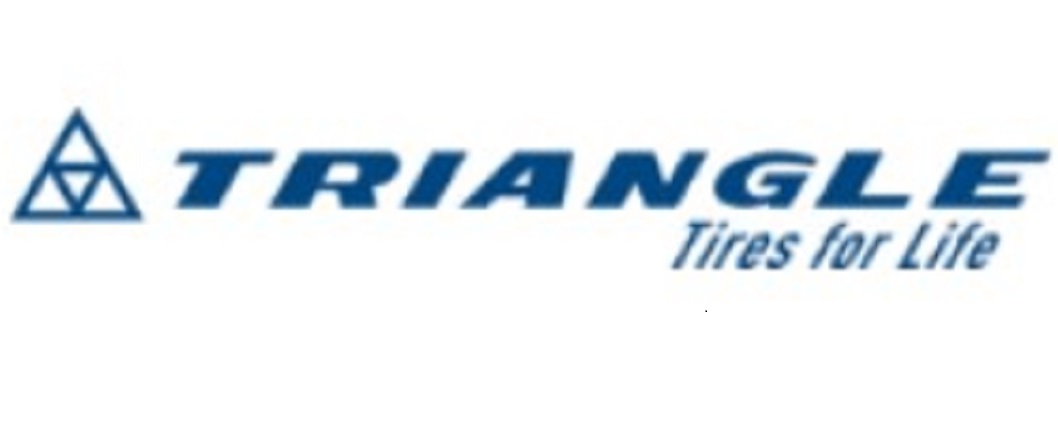
7 Warning Signs You Should Replace Your Tires ASAP
Did you know that car tires driven under normal service conditions wear out after 3-4 years?

© 2024 Crivva - Business Promotion. All rights reserved.